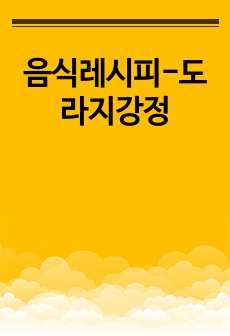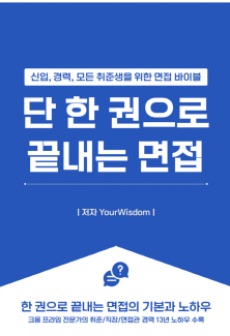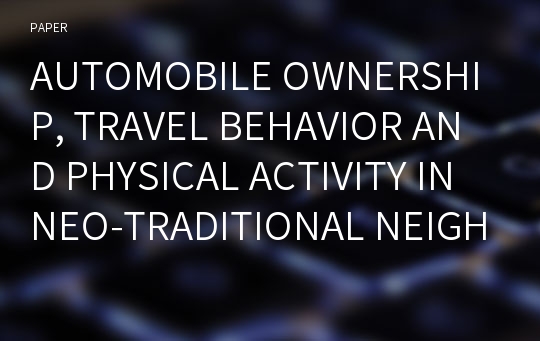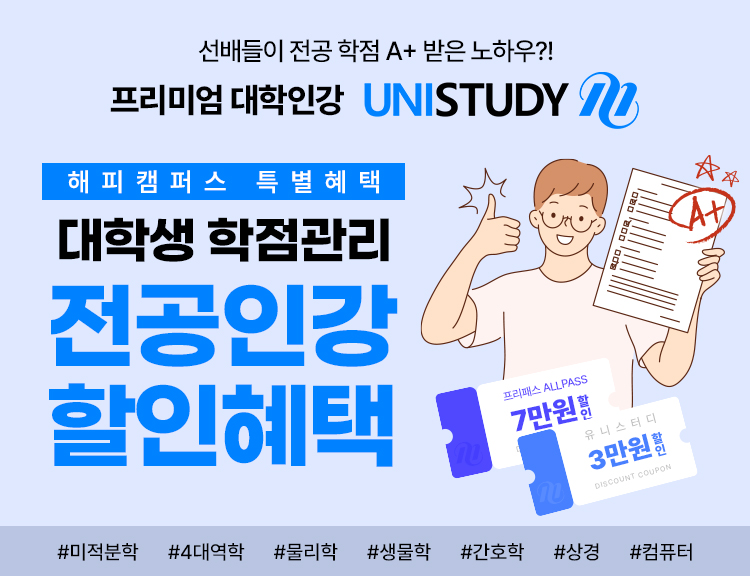AUTOMOBILE OWNERSHIP, TRAVEL BEHAVIOR AND PHYSICAL ACTIVITY IN NEO-TRADITIONAL NEIGHBORHOOD DEVELOPMENTS
* 본 문서는 배포용으로 복사 및 편집이 불가합니다.
서지정보
ㆍ발행기관 : 대한교통학회
ㆍ수록지정보 : 대한교통학회지 / 48권
ㆍ저자명 : AsadJ.Khattak
ㆍ저자명 : AsadJ.Khattak
목차
Ⅰ. NEIGHBORHOOD DESIGN AND TRAVEL BEHAVIORⅡ. RESEARCH DESIGN
Ⅲ. DESCRIPTIVE ANALYSIS OF RESPONSES BY NEIGHBORHOOD
Ⅳ. REGRESSION ANALYSIS OF TRIP-MAKING BEHAVIOR
Ⅴ. SUMMARY AND CONCLUSIONS
Ⅵ. REFERENCES
한국어 초록
Many planning researchers and practitioners believe that individuals rely on automobiles partly to travel from place to place in conventional communities because land uses in the United States are separated and spread out. By contrast, when certain design features such as higher development densities and continuous sidewalks are combined with the mixed land uses typically found in neotraditional communities, many expect residents of these communities to shed their vehicles, drive less and walk and bike more, and have more physical activity. Although previous research has supported the view that neo-traditional developments result in more walking activity, this talk will empirically answer several questions about such developments: Do residents of these neighborhoods substitute walking for driving trips, or do they make more trips overall? What is the role of self-selection of residents in these developments? This paper aims to address these questions by examining differences in travel behavior in a matched pair of neighborhoods (one conventional and one neo-traditional) in Chapel Hill and Carrboro, North Carolina. A detailed behavioral survey of 453 households and two-stage regression models suggest that single-family households in the neo-traditional development make a similar number of total trips, but significantly fewer automobile trips and fewer external trips, and they travel fewer miles, than households in the conventional neighborhood, even after controlling for demographic characteristics of the households and for resident self-selection. The findings suggest that households in the neo-traditional development substitute driving trips with walking trips.영어 초록
Many planning researchers and practitioners believe that individuals rely on automobiles partly to travel from place to place in conventional communities because land uses in the United States are separated and spread out. By contrast, when certain design features such as higher development densities and continuous sidewalks are combined with the mixed land uses typically found in neotraditional communities, many expect residents of these communities to shed their vehicles, drive less and walk and bike more, and have more physical activity. Although previous research has supported the view that neo-traditional developments result in more walking activity, this talk will empirically answer several questions about such developments: Do residents of these neighborhoods substitute walking for driving trips, or do they make more trips overall? What is the role of self-selection of residents in these developments? This paper aims to address these questions by examining differences in travel behavior in a matched pair of neighborhoods (one conventional and one neo-traditional) in Chapel Hill and Carrboro, North Carolina. A detailed behavioral survey of 453 households and two-stage regression models suggest that single-family households in the neo-traditional development make a similar number of total trips, but significantly fewer automobile trips and fewer external trips, and they travel fewer miles, than households in the conventional neighborhood, even after controlling for demographic characteristics of the households and for resident self-selection. The findings suggest that households in the neo-traditional development substitute driving trips with walking trips.참고 자료
없음태그
"대한교통학회지"의 다른 논문
 북한 지역 도로 네트워크 구축 방안6페이지
북한 지역 도로 네트워크 구축 방안6페이지 북한 사회기반시설 현황 및 기술교류방안 연구10페이지
북한 사회기반시설 현황 및 기술교류방안 연구10페이지 이륜차 사고 특성 및 대책에 관한 연구10페이지
이륜차 사고 특성 및 대책에 관한 연구10페이지 SB5등급 교량용 차량방호울타리의 구조적 안정성과 탑승객의 위험도 비교 분석 연구7페이지
SB5등급 교량용 차량방호울타리의 구조적 안정성과 탑승객의 위험도 비교 분석 연구7페이지 보행자 보호를 위한 보행자-차량 충돌안전기준 개발 연구8페이지
보행자 보호를 위한 보행자-차량 충돌안전기준 개발 연구8페이지 차량 시뮬레이터와 운전행동의 연구9페이지
차량 시뮬레이터와 운전행동의 연구9페이지 죤 간 화물차량 유출입 통행량에 따른 화물 통행망 구축방안 연구10페이지
죤 간 화물차량 유출입 통행량에 따른 화물 통행망 구축방안 연구10페이지 장기 물류계획을 위한 지역유형 추정6페이지
장기 물류계획을 위한 지역유형 추정6페이지 확률적 비용변경접근법을 이용한 도시철도 운영기관의 효율성과 생산성 분석9페이지
확률적 비용변경접근법을 이용한 도시철도 운영기관의 효율성과 생산성 분석9페이지 교통혼잡통행료제도 확대시행에 따른 지불의사액 추정9페이지
교통혼잡통행료제도 확대시행에 따른 지불의사액 추정9페이지


















